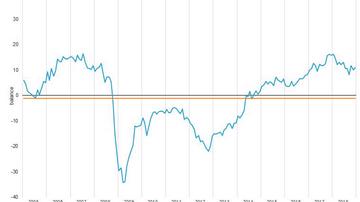

In the digital age users of information-communication technologies (ICT), the Internet for private or business purposes generate every minute enormous amounts of data. At the same time the number of smart devices that are connected to the Internet and generate data keeps increasing. The generated big data have the following characteristics:
- a significant volume: vast amounts of data generated over time; variety:
- different formats of data, either structured or unstructured (e.g. text, sensor data, activity logs, coordinates, etc.);
- velocity: the high speed at which data are generated, become available and change over time.
With the usage of the Internet, social networks, etc., big data are generated
In Slovenia 66% of persons aged 16–74 used the Internet for sending or receiving e-mail, 65% for finding information about goods or services and 38% participated in social networks. A quarter of persons uploaded self-made photos, videos, music, text on the Internet.
Mobile big data
Enterprises generate and collect data in their business operations
83% of enterprises had a website and 46% a profile on social media, where they published different kinds of data. Enterprises generate and collect in their daily electronic business operations large amounts of data. In 2015, 33% of enterprises used the ERP software package for sharing information between different functional areas and 29% the CRM software package (Customer Relationship Management).
In 2013, 13% of enterprises used Business Intelligence Software (BI), the purpose of which is to transform data into useful information for the purpose of business analyses.
Analysis of big data in enterprises
Enterprises most often analysed their own data from smart devices or sensors, e.g. data from machine to machine communications, smart devices or sensors, Radio Frequency Identification Tags (RFID), etc. (7%), followed by data generated from social media and geolocation data from the use of portable devices (4%) and other big data sources (1%).
In 90% of enterprises that analysed big data these data were analysed by their own employees (incl. those employed in parent or affiliate enterprises) and in 24% by external service providers.
Gregor Zupan, Statistical Office of the Republic of Slovenia


































































